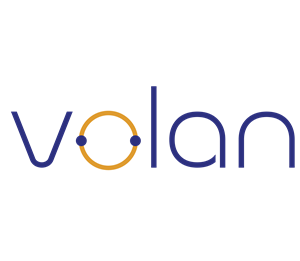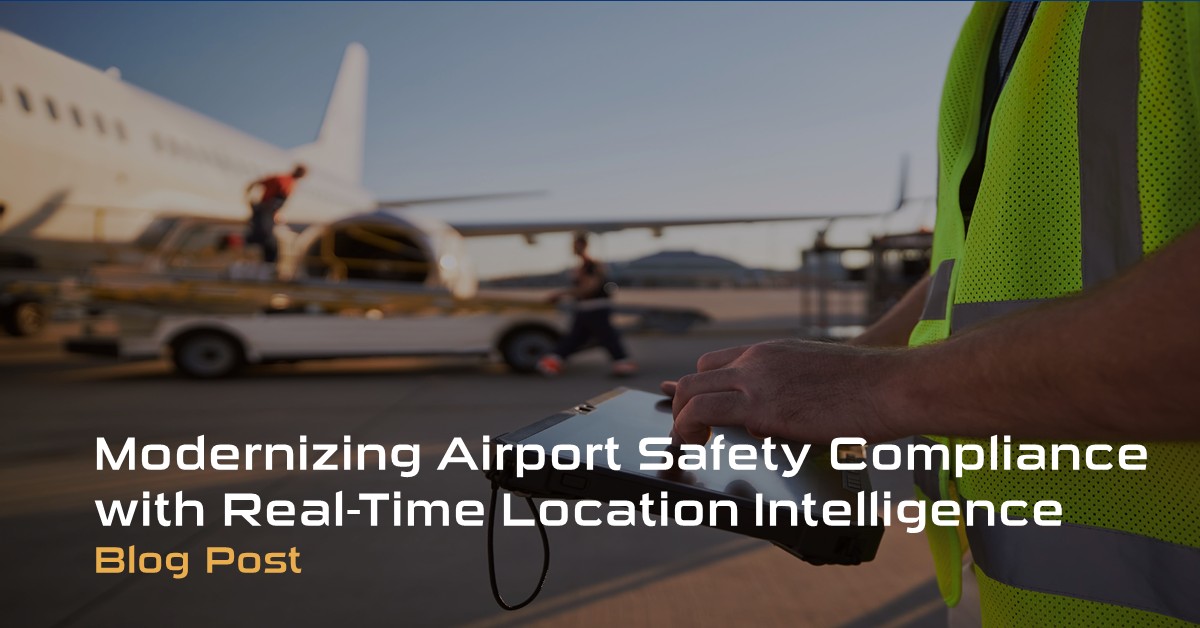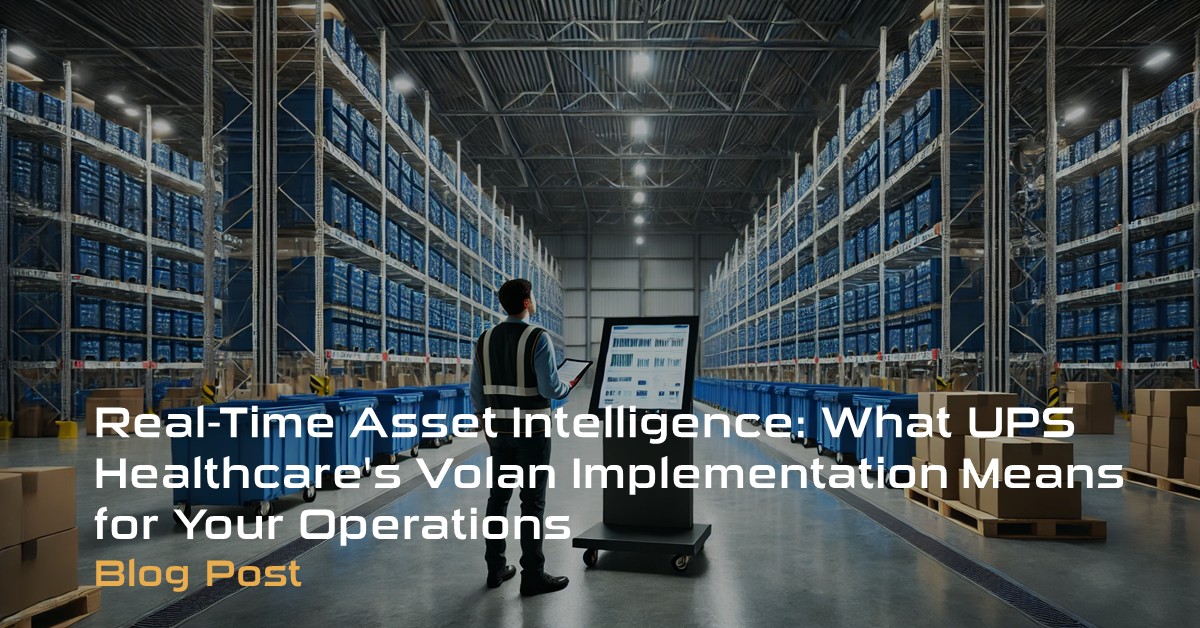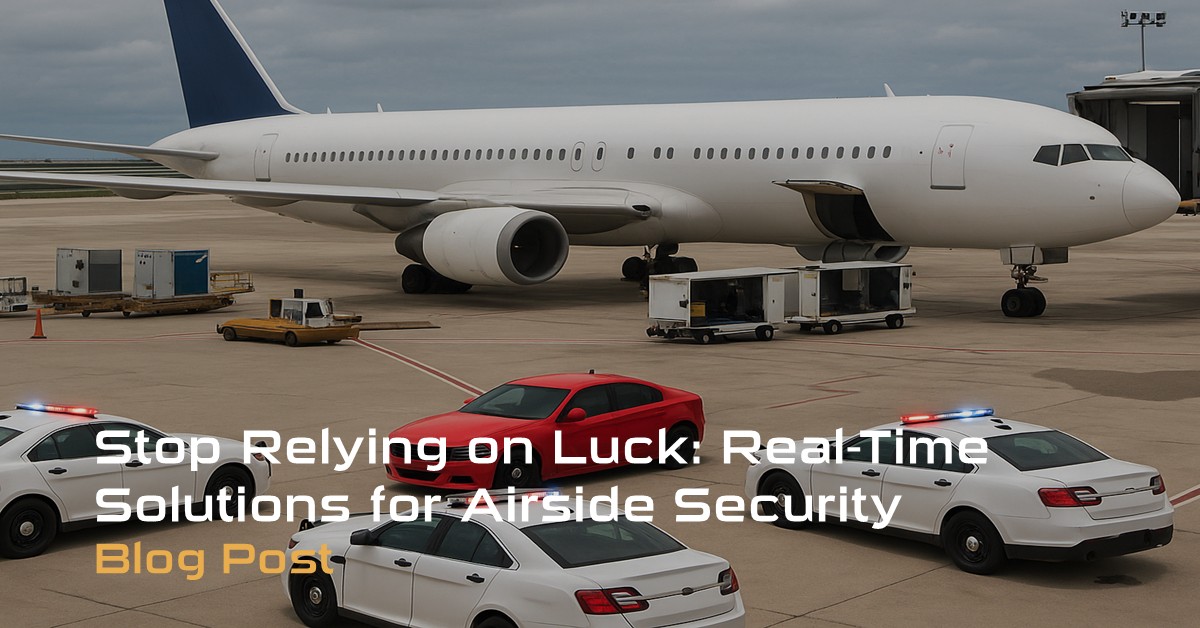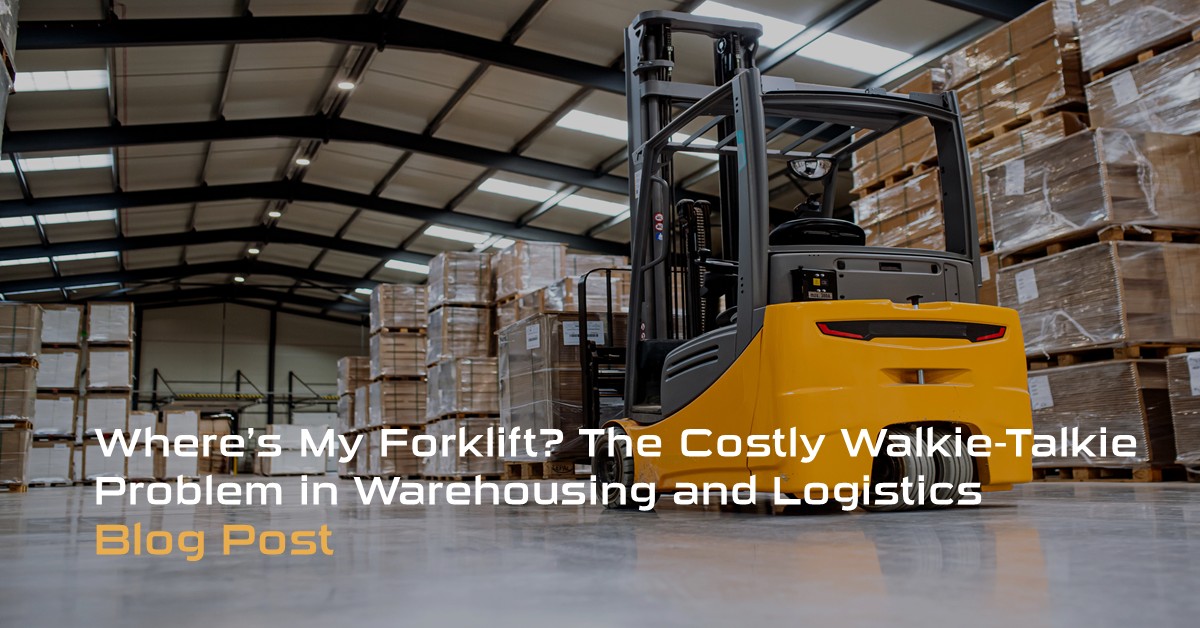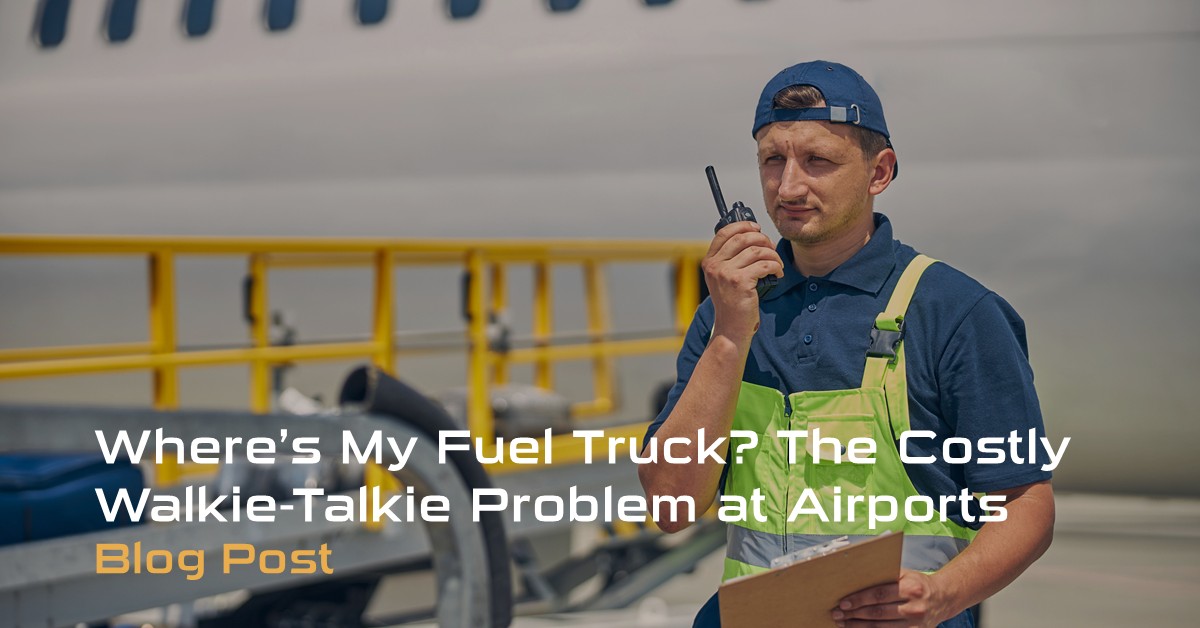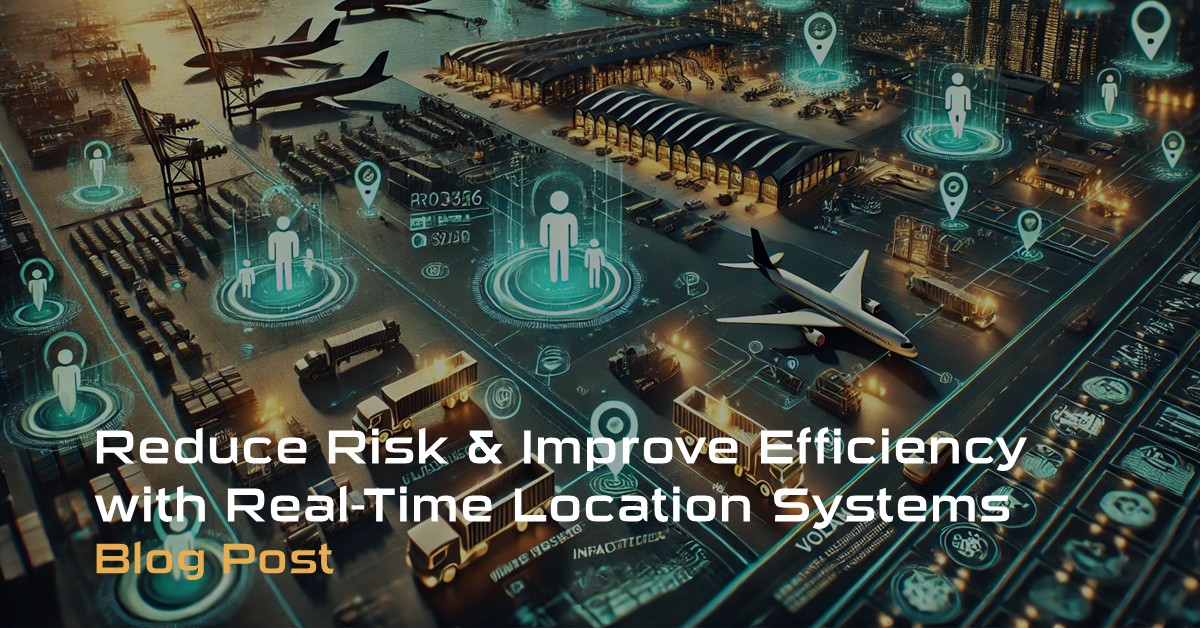Navigating Efficiency: The Crucial Role of Location Asset Tracking in Modern Businesses
Location Asset Tracking is the process of monitoring and managing physical assets within an organization or across various locations. It involves using technology such as GPS, RFID (Radio-Frequency Identification), barcode scanners, or IoT (Internet of Things) sensors to keep tabs on the location, status, and movement of assets. Location Asset Tracking is used in various industries, including airports, construction, manufacturing, logistics, warehousing and transportation, to improve efficiency, reduce costs, ensure regulatory compliance, and enhance security.
How It Works
Here’s a brief overview of how location asset tracking works:
- Asset Identification: Each asset is tagged with a unique identifier, such as a barcode, RFID tag, or GPS tracker.
- Data Collection: As assets move or change status, data is collected in real-time or periodically using sensors or scanners.
- Data Processing: The collected data is processed and stored in a centralized database or cloud platform. This data includes information like asset location, condition, maintenance history, and other relevant details.
- Monitoring and Analysis: Managers and stakeholders can monitor assets in real-time through dashboards or reports. They can analyze data to optimize asset utilization, prevent loss or theft, schedule maintenance, and streamline operations.
- Alerts and Notifications: Automated alerts can be set up to notify stakeholders of important events, such as unauthorized asset movement, maintenance due dates, or operation inefficiencies.
- Integration with other Systems: Asset tracking systems often integrate with other enterprise software such as ERP (Enterprise Resource Planning), CMMS (Computerized Maintenance Management System), or fleet management software to provide a comprehensive view of asset management processes.
Several factors have fueled the growth and importance of location asset tracking.
- Technological Advancements: The rapid advancement of technologies such as GPS, RFID, IoT, and cloud computing has significantly enhanced the capabilities of location asset tracking systems. These technologies have become more affordable, scalable, and accessible, enabling organizations of all sizes to implement tracking solutions.
- Globalization of Supply Chains: As businesses expand their operations globally, managing and tracking assets across multiple locations becomes more challenging. Location asset tracking allows organizations to monitor the movement of goods, equipment, and other assets across different geographical regions, ensuring visibility and control over their supply chains.
- Regulatory Compliance: In industries such as airports, construction, etc., regulatory compliance mandates strict control and monitoring of assets for safety and security. Location asset tracking helps organizations meet these regulatory requirements by providing accurate documentation of asset movement, storage conditions, and other relevant data.
- Operational Efficiency: Efficient management of assets is crucial for optimizing operational processes and reducing costs. Location asset tracking enables organizations to identify underutilized assets, streamline asset allocation, and improve asset maintenance scheduling. By maximizing asset utilization and minimizing downtime, organizations can achieve significant cost savings and operational efficiencies.
- Risk Management and Security: Asset tracking helps mitigate the risk of loss, theft, or unauthorized use of valuable assets. Real-time monitoring of asset location and status enables organizations to quickly respond to security breaches or incidents, improving asset security and reducing the likelihood of financial losses or reputational damage.
- Data-driven Insights: Location asset tracking generates a wealth of data that can be analyzed to gain valuable insights into asset performance, usage patterns, and trends. By leveraging this data, organizations can make informed decisions about asset allocation, maintenance strategies, and future investments, leading to continuous improvement and optimization of asset management processes.
Location Asset Tracking plays a vital role in modern business operations, enabling organizations to improve efficiency, reduce costs, ensure compliance, mitigate risks, and enhance customer satisfaction. As technology continues to evolve and businesses increasingly rely on data-driven insights to drive decision-making, the importance of location asset tracking is expected to continue growing in the years to come.
Click here to learn how Volan can enable location asset tracking technology for your organization.
Our Solutions
Volan offers Advanced Microlocation technology to deliver unprecedented productivity, security and safety for your organization. Our solutions for airports, construction, warehousing and manufacturing can provide tremendous productivity and cost savings while improving the safety of your people. We can set up a test network in hours, not months and deliver 10x better location accuracy at less than 20% of the cost of legacy systems.
